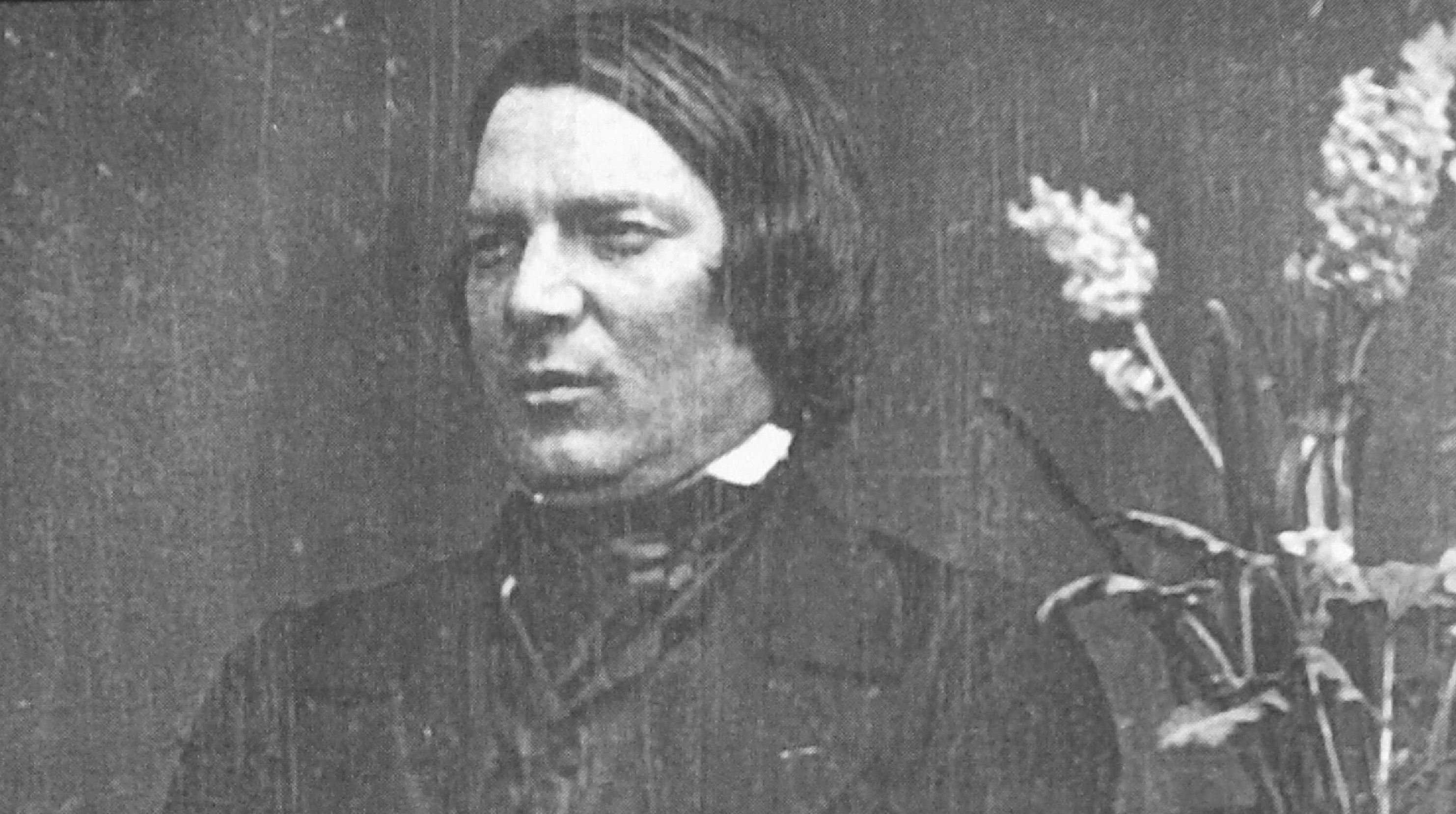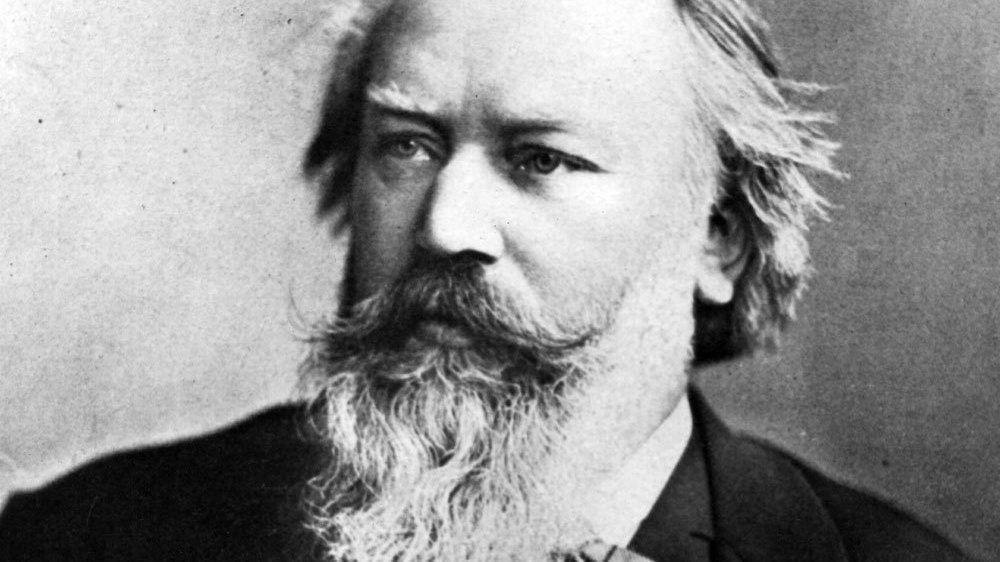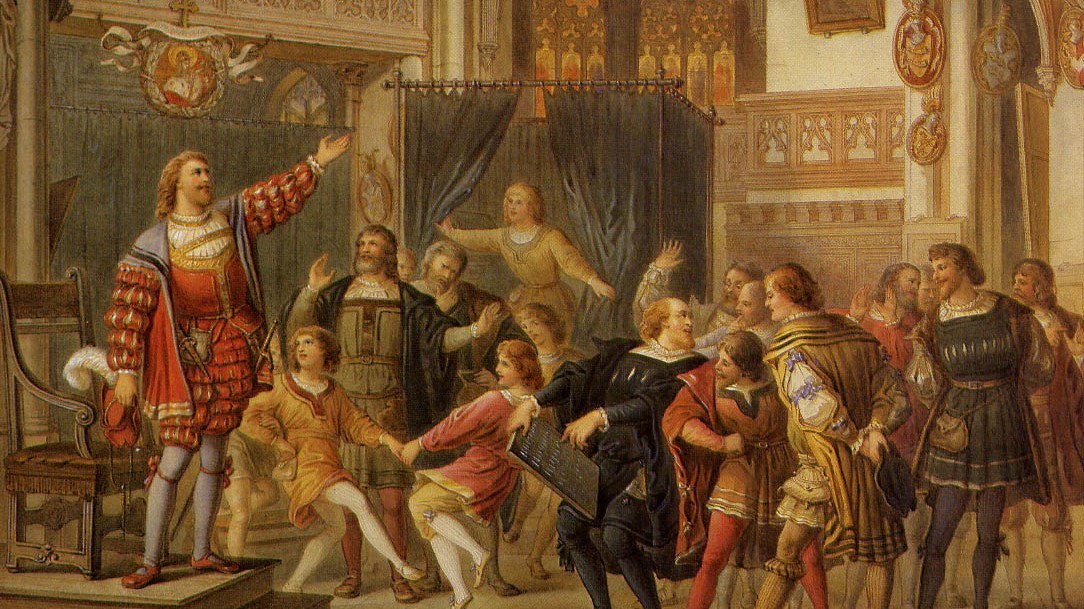Dvořák’s Piano Quintet No. 2: The Takács Quartet and Andreas Haefliger
The music of Antonín Dvořák is often filled with a quiet, wistful nostalgia, an embrace of nature, and subtle references to Czech folksongs. We hear all of this in the Piano Quintet No. 2 in A Major, a work of profound depth and monumental scale which Dvořák composed in 1887, between the Seventh and Eighth Symphonies. This fully mature music grew out of the composer’s unsuccessful attempt to revise an earlier piano quintet. In the …







